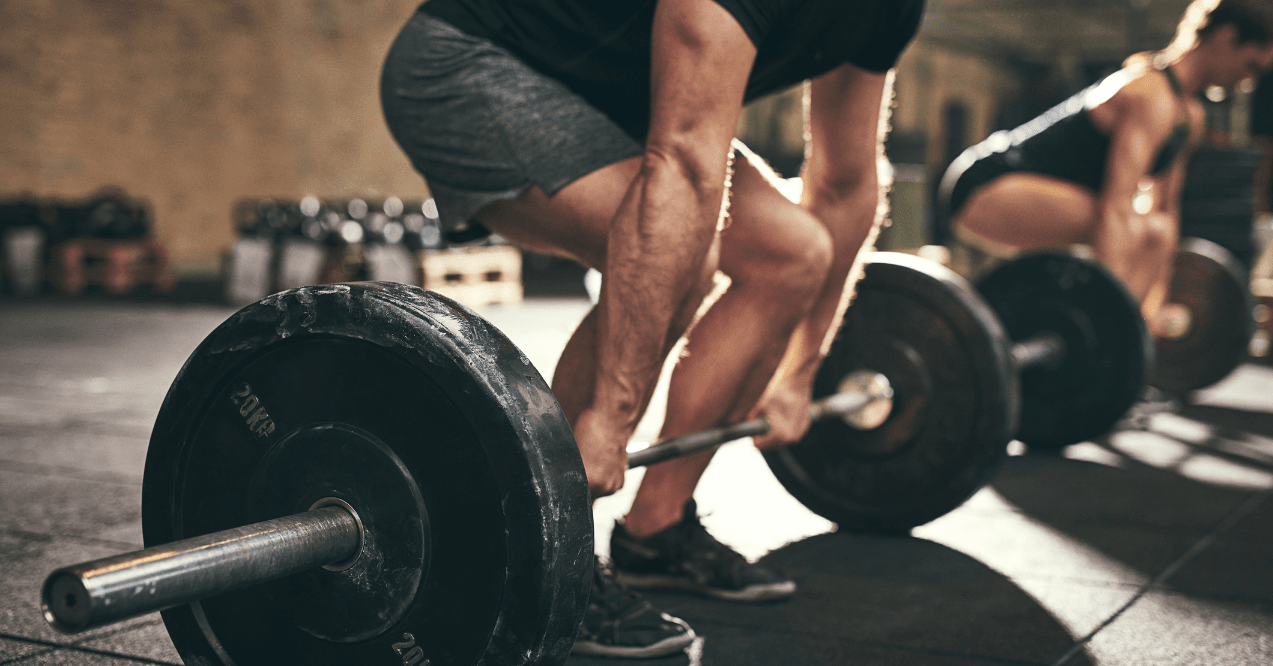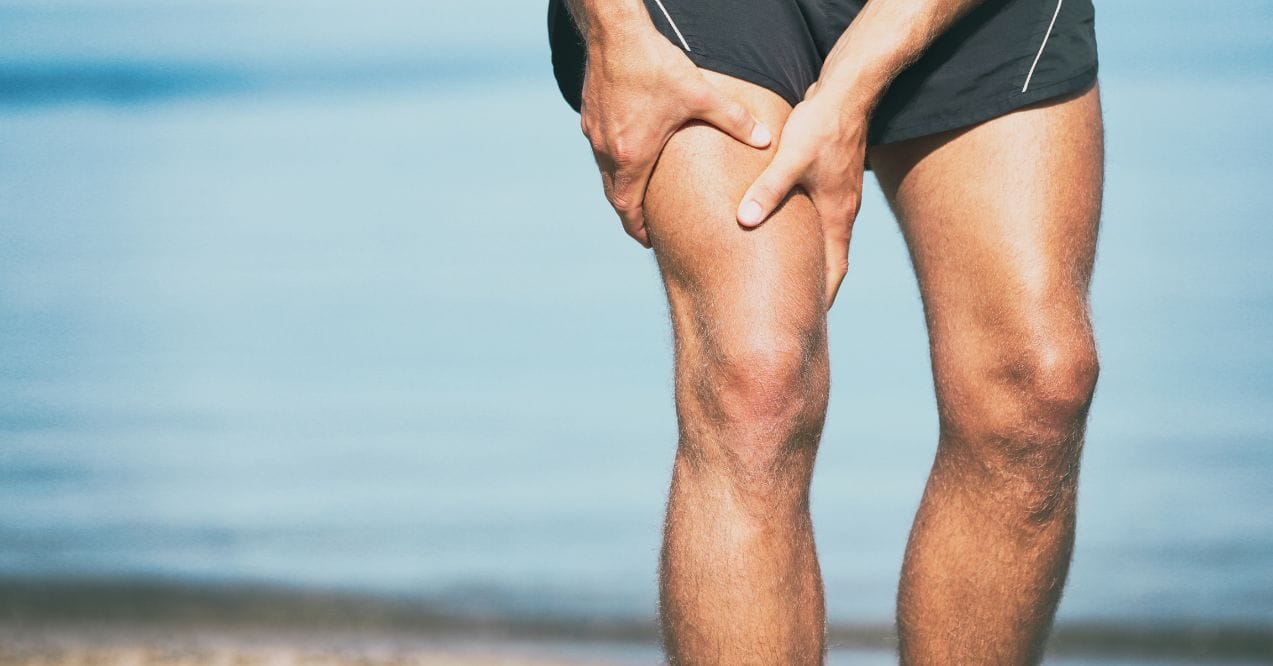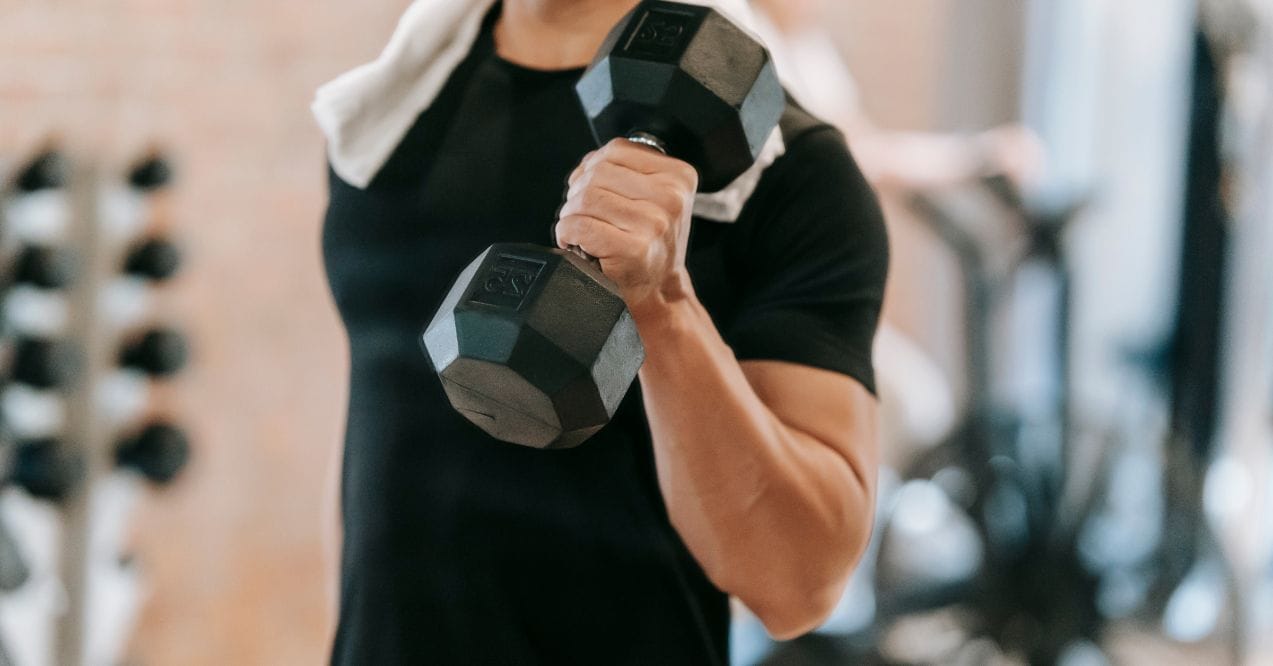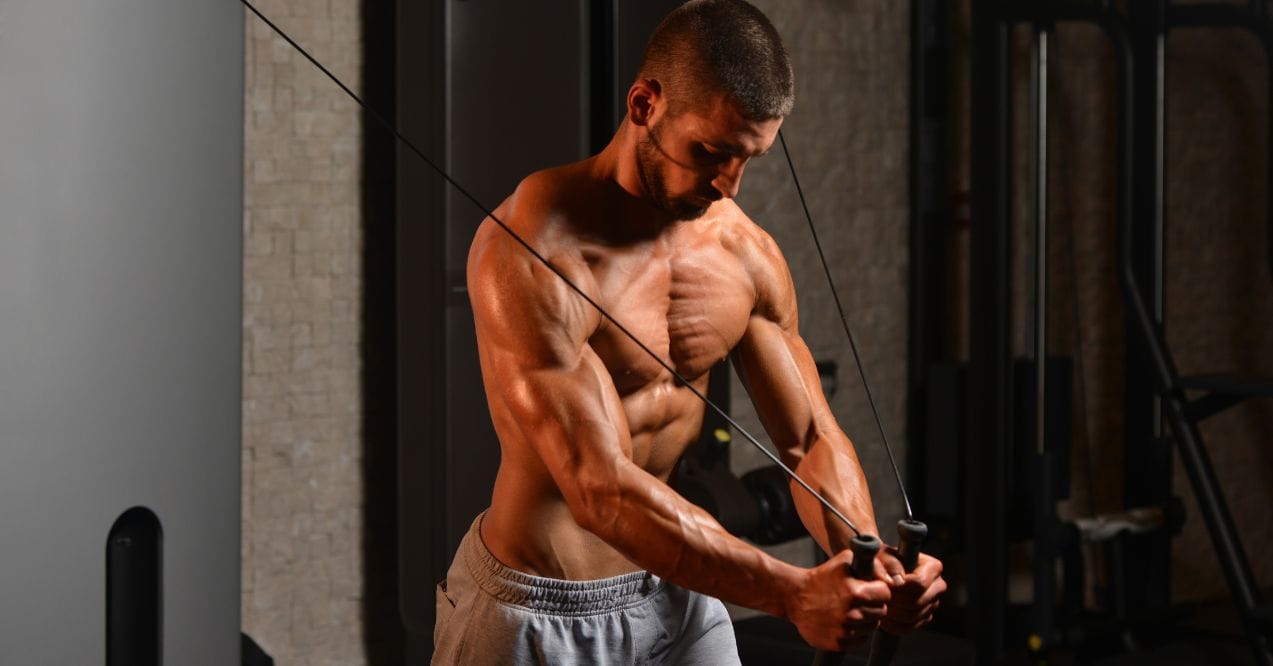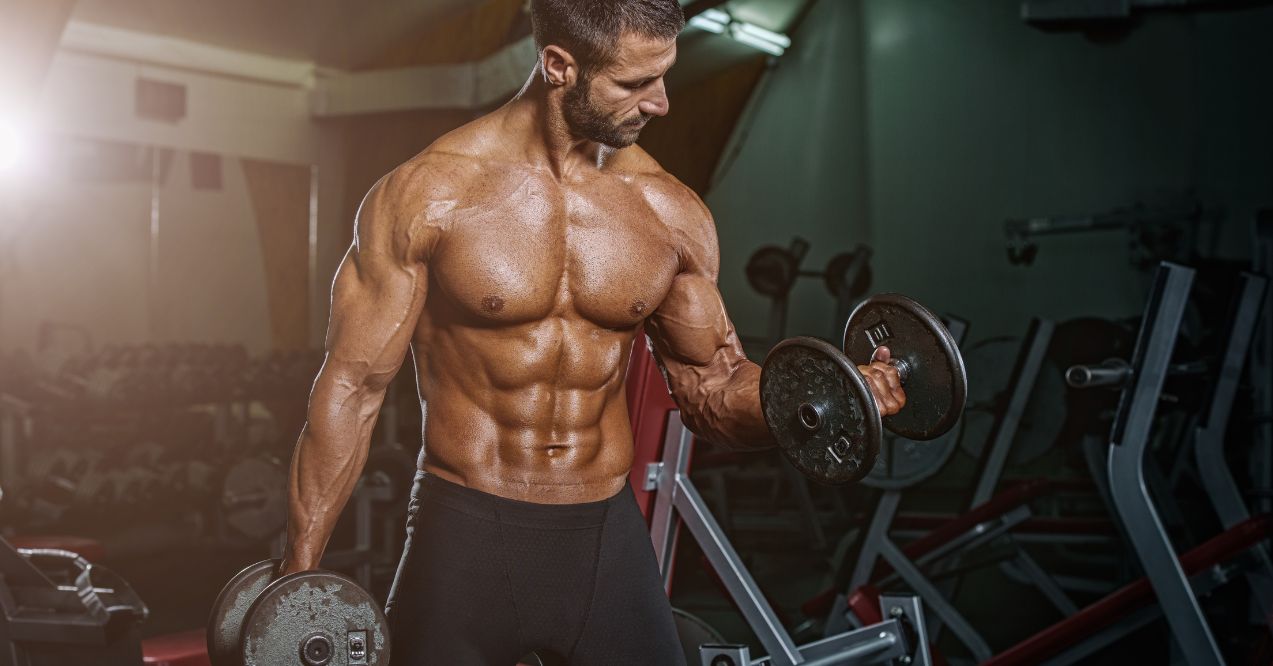How to Recognize Signs of Gaining Muscle and Losing Fat?
Signs of gaining muscle and losing fat appear differently for everyone, making the fitness journey unique for each person. Your body’s transformation process involves numerous changes that go beyond what you see in the mirror. As you progress in your fitness journey, knowing what to look for can help you stay motivated and adjust your approach effectively. For a deeper dive into this topic, explore our guide on what is body recomposition.

Is It Possible to Gain Muscle While Losing Fat?
The concept of gaining muscle while losing fat, also known as body recomposition, becomes possible under several specific conditions. First, maintaining adequate protein intake (1.6-2.2g per kg of body weight) provides your muscles with building blocks for growth.
Quality matters here – Trumeta’s Bone Broth Protein stands out with its 98% purity rating and 20g of protein per serving, offering clean nutrition without fillers or additives. Its collagen content provides amino acids, which are essential for muscle maintenance and protein intake. Second, following a structured strength training program with progressive overload signals your body to preserve and build muscle tissue as it has been proven to be one of the best workout splits for muscle gain.
The timing of your nutrition also plays a role. Eating most of your calories around your workouts helps fuel performance and recovery. Your overall calorie intake should stay just slightly below maintenance levels – a modest 20% reduction often works well. This approach allows for gradual fat loss while providing enough energy for muscle development.
Sleep quality and stress management contribute significantly to this process. Aiming for 7-9 hours of quality sleep gives your body time to repair and strengthen muscle tissue. For more detailed insights about this approach, check out our guide about can you build muscle in a calorie deficit.
Signs of Gaining Muscle and Losing Fat
Tracking progress goes beyond the numbers on your scale. Many people focus solely on weight, missing other significant indicators of progress. Should I take creatine while trying to lose belly fat? Whether you’re new to fitness or looking to optimize your routine, incorporating creatine might support your goals.
Increased Energy Levels

When you optimize your nutrition and exercise routine, your body responds with improved energy throughout the day. This energy shift often appears gradually, starting with better morning vigor and extending into your evening activities. Your workouts become more productive, and daily tasks feel less demanding.
Improved Recovery Times

As your body adapts to regular training, you’ll notice changes in how quickly you bounce back after workouts. What once left you sore for days now causes minimal discomfort. This improvement stems from your body’s enhanced ability to repair and strengthen muscle tissue.
Body Composition Changes

Your body undergoes visible and measurable transformations during the recomposition process. While the scale might not show dramatic changes, you may notice your clothes fitting differently. Taking regular measurements and progress photos helps track these subtle but significant changes.
Your Workouts Are Getting Easier

#A clear sign of progress appears in your training sessions. Weights that once challenged you now feel manageable, and you find yourself ready to take on more challenging variations of exercises. This progression indicates that your muscles are adapting and growing stronger. Just be careful! Muscles may experience soreness after the workout, so proper recovery is essential.
Endurance Increases

The combination of gaining muscle not losing fat creates positive changes in your cardiovascular capacity. You’ll notice you can maintain higher intensity levels during workouts without feeling winded. This improvement extends beyond the gym, making everyday activities like climbing stairs or carrying groceries less taxing.
Increased Metabolism

Adding lean muscle mass changes how your body processes energy. Your body expends more calories at rest, making weight management more efficient. High-protein foods like seafood can support this process – does seafood promote muscle growth is a helpful guide if you’re considering seafood as part of your muscle-friendly diet.
Enhanced Muscle Definition
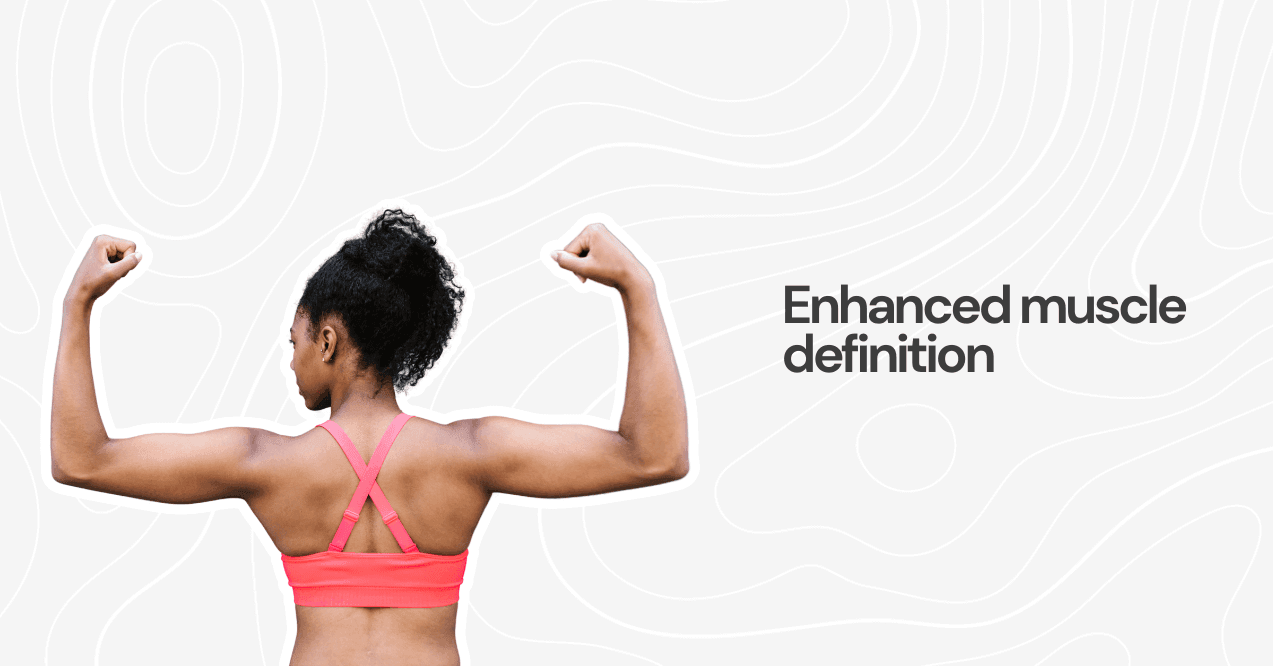
As your body fat percentage decreases and muscle mass increases, you’ll notice more defined lines and curves in specific areas. These changes typically appear first in areas where you carry less body fat, such as shoulders and arms. Gradually, definition becomes visible in other areas as well.
How to Tell if Your Muscles Are Growing?
Tracking muscle growth involves monitoring both physical changes and performance improvements. Here’s what to look for in different areas:
Strength Progression
- You can add 2-5 pounds to your lifts every 1-2 weeks
- Exercises that required 8 reps now allow for 12 with the same weight
- You maintain proper form even as weights increase
- Previously challenging weights now feel comfortable for warm-up sets
Supporting this progression requires proper supplementation. Trumeta Creatine, featuring ultra-pure Creapure®, has been shown to significantly improve strength and muscle-building results. Unlike generic alternatives that often contain impurities, this premium formula delivers 5g of pure creatine monohydrate per serving, supporting both your strength gains and recovery with no unwanted ingredients.

Visual Changes
- Upper arms appear fuller, particularly when viewed from the side
- Shoulders show more rounded appearance at their caps
- Legs display more shape, especially in the outer thigh area
- Back muscles create more visible lines through fitted shirts
Measurement Indicators
- Take bi-weekly measurements of key areas (arms, chest, thighs)
- Look for 0.25-0.5 inch increases every 3-4 weeks
- Track measurements at the same time of day
- Note changes in how your clothes fit, particularly around shoulders and thighs
Movement Improvements
- Push-ups feel lighter and you can perform more repetitions
- Pulling movements like rows feel more controlled
- You maintain better posture throughout the day
- Daily activities like carrying groceries feel easier
Physical Feedback
- Muscles maintain their shape even when relaxed
- Post-workout muscle firmness lasts longer
- You feel a stronger mind-muscle connection during exercises
- Regular activities require less effort to perform
Conclusion
The journey of body transformation involves numerous changes, both visible and subtle. By paying attention to these various signs, you can better appreciate your progress and make informed adjustments to your routine. Focus on consistent training, proper nutrition, and adequate recovery to support your ongoing development.
Stay patient with the process and celebrate the small wins along the way. Your body’s ability to gain muscle while losing fat depends on various factors, but with dedication and the right approach, you can achieve significant improvements in your physique and performance.
Initial changes appear within 4-6 weeks of consistent training. Small strength improvements show up first, followed by visual changes around 8-12 weeks. Progress photos and measurements taken every 2 weeks help track changes effectively.
Focus on compound movements like squats, deadlifts, rows, and presses. Combine 3-4 strength sessions weekly with 2-3 high-intensity cardio sessions. Allow 48 hours between training similar muscle groups for optimal results.
Track strength levels during workouts – maintaining or increasing strength while weight drops indicates fat loss. If strength decreases significantly alongside weight loss, and muscles feel flat rather than firm, you might be losing muscle.
Advertisement. This site offers health, wellness, fitness and nutritional information and is designed for educational purposes only. You should not rely on this information as a substitute for, nor does it replace, professional medical advice, diagnosis, or treatment. If you have any concerns or questions about your health, you should always consult with a physician or other health-care professional. Do not disregard, avoid or delay obtaining medical or health related advice from your health-care professional because of something you may have read on this site. The use of any information provided on this site is solely at your own risk.
